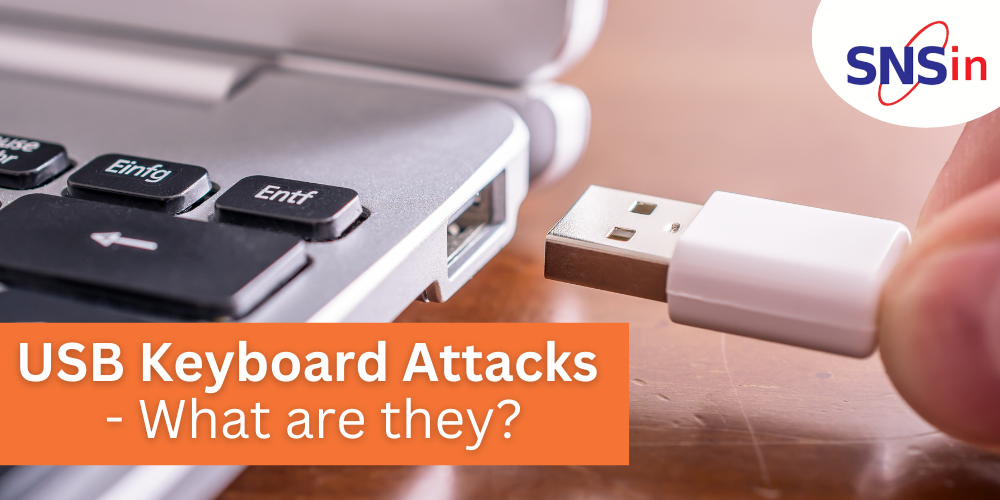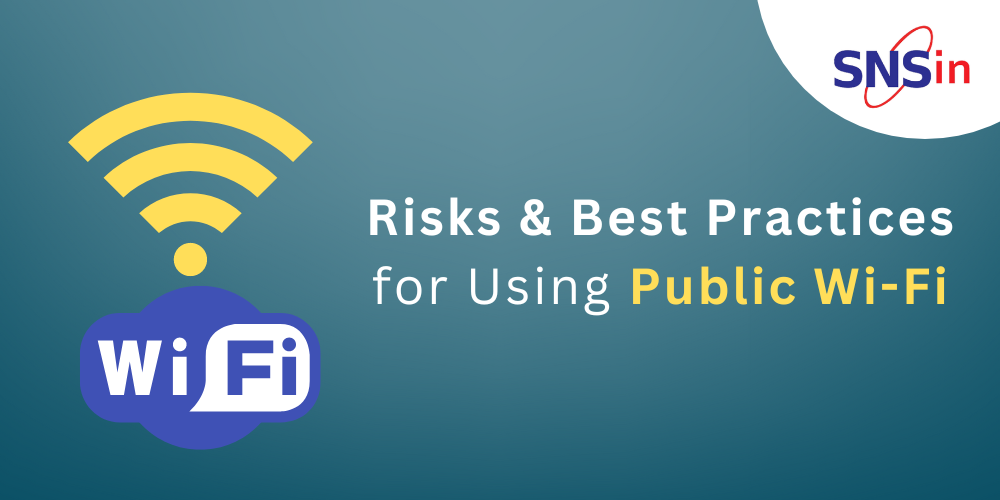In the realm of digital warfare, where every keystroke holds the potential for both creation and destruction, a silent infiltrator lurks – the USB Keyboard Attack.
Let’s unravel the intricacies of this subtle yet potent threat.
Understanding USB Keyboard Attacks
A USB Keyboard Attack is a type of cyber threat where a seemingly innocuous USB device, disguised as a keyboard, is used to infiltrate computer systems. The attacker leverages the trust inherently placed in USB devices to inject malicious commands, manipulate the OS, and potentially compromise the security of the targeted system.
The Trojan in Plain Sight
What makes USB Keyboard Attacks particularly insidious is their cloak of deception. The attacker might introduce a compromised USB device – often appearing as a standard keyboard – into the target system. As the device is recognized as a legitimate input source, it gains access to the system’s functionalities, allowing the attacker to execute a sequence of commands. It could lead to data theft, system manipulation, or even malware deployment.
The Anatomy of a USB Keyboard Attack
This attack exploits the inherent trust that computers have for external devices, say keyboards. The attacker crafts a malicious payload, encoded as a sequence of keystrokes, and is executed by the compromised USB device. This could include commands to download and install malware, creates backdoor for future access, or exfiltrates sensitive data.
The Underestimated Threat
While USB Keyboard Attacks may seem simple, their potential impact is far-reaching. Organizations and individuals often underestimate the risks associated with harmless USB devices. The attack vector doesn’t rely on complex malware or advanced hacking techniques. It becomes an accessible tool for both sophisticated hackers and opportunistic threats.
Shield Against USB Keyboard Threats
Organizations must fortify themselves against this threat.
Device Whitelisting & Blacklisting:
Organizations must enforce a strong policy to permit only a registered USB device to connect to a host machine. Thus, blocking the way for hostile keyboards.
Behavioural Analysis & Anomaly Detection:
Organization must install behavioural analysis in advanced threat detection of USB devices. It helps the system to detect abnormalities and mark the threats before the execution of malicious commands.
Regular Security Audits & Training:
Organizations must conduct cybersecurity awareness training workshops to all their employees. It is vital to do regular security audits to stay compliant as per industry standards.
Conclusion: Defending Keystrokes, Fortifying Futures
USB Keyboard attack may seem as no threat, yet, it could lead to devastating consequences. Cyberattacks could be deadly to any business depending on the impact it could cause. USB attacks have the capability to give attackers the remote access of a target system. It could be prevented by USB port blocker & restricting access to elevated Command Prompt.
Awareness on hacker methods, subtle threats to be on the lookout for, will help us all to stay vigilant.
Collaborate with Secure Network Solutions (SNS) to conduct Cybersecurity Awareness Training Workshops. Please feel free to reach out to us via [email protected]
Swathi
Author
Working IT professional and a Cyber Security enthusiast. Passionate to write about Cyber Security topics and Solutions. I share my insights as I study articles and trending topics in the field of Cyber Security.
![]()




